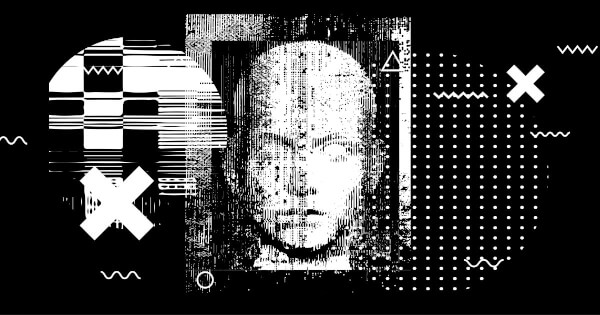Vision Mamba: A New Paradigm in AI Vision with Bidirectional State Space Models
The Vision Mamba project introduces a transformative approach in AI vision with its bidirectional state space models, outperforming traditional vision transformers in efficiency and performance across various tasks, including ImageNet classification and COCO object detection.

The field of artificial intelligence (AI) and machine learning continues to evolve, with Vision Mamba (Vim) emerging as a groundbreaking project in the realm of AI vision. Recently, the academic paper "Vision Mamba- Efficient Visual Representation Learning with Bidirectional" introduces this approach in the realm of machine learning. Developed using state space models (SSMs) with efficient hardware-aware designs, Vim represents a significant leap in visual representation learning.
Vim addresses the critical challenge of efficiently representing visual data, a task that has been traditionally dependent on self-attention mechanisms within Vision Transformers (ViTs). ViTs, despite their success, face limitations in processing high-resolution images due to speed and memory usage constraints. Vim, in contrast, employs bidirectional Mamba blocks that not only provide a data-dependent global visual context but also incorporate position embeddings for a more nuanced, location-aware visual understanding. This approach enables Vim to achieve higher performance on key tasks such as ImageNet classification, COCO object detection, and ADE20K semantic segmentation, compared to established vision transformers like DeiT.
The experiments conducted with Vim on the ImageNet-1K dataset, which contains 1.28 million training images across 1000 categories, demonstrate its superiority in terms of computational and memory efficiency. Specifically, Vim is reported to be 2.8 times faster than DeiT, saving up to 86.8% GPU memory during batch inference for high-resolution images. In semantic segmentation tasks on the ADE20K dataset, Vim consistently outperforms DeiT across different scales, achieving similar performance to the ResNet-101 backbone with nearly half the parameters.
Furthermore, in object detection and instance segmentation tasks on the COCO 2017 dataset, Vim surpasses DeiT with significant margins, demonstrating its better long-range context learning capability. This performance is particularly notable as Vim operates in a pure sequence modeling manner, without the need for 2D priors in its backbone, which is a common requirement in traditional transformer-based approaches.
Vim's bidirectional state space modeling and hardware-aware design not only enhance its computational efficiency but also open up new possibilities for its application in various high-resolution vision tasks. Future prospects for Vim include its application in unsupervised tasks like mask image modeling pretraining, multimodal tasks such as CLIP-style pretraining, and the analysis of high-resolution medical images, remote sensing images, and long videos.
In conclusion, Vision Mamba's innovative approach marks a pivotal advancement in AI vision technology. By overcoming the limitations of traditional vision transformers, Vim stands poised to become the next-generation backbone for a wide range of vision-based AI applications.
Image source: Shutterstock

.jpg)
